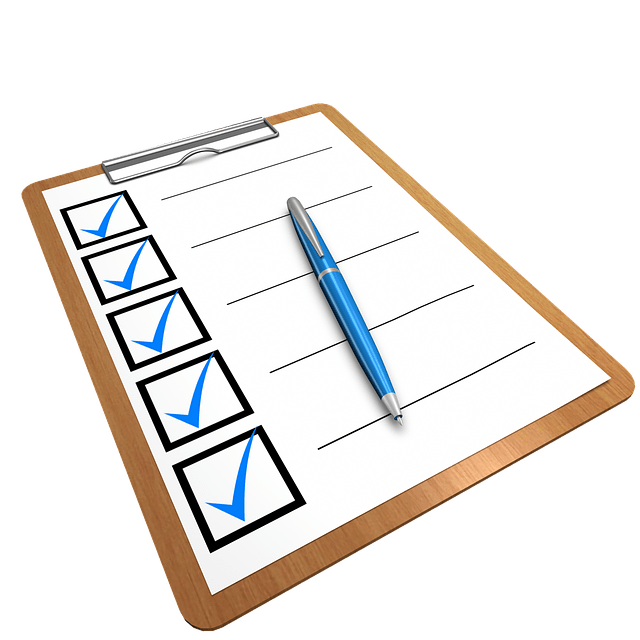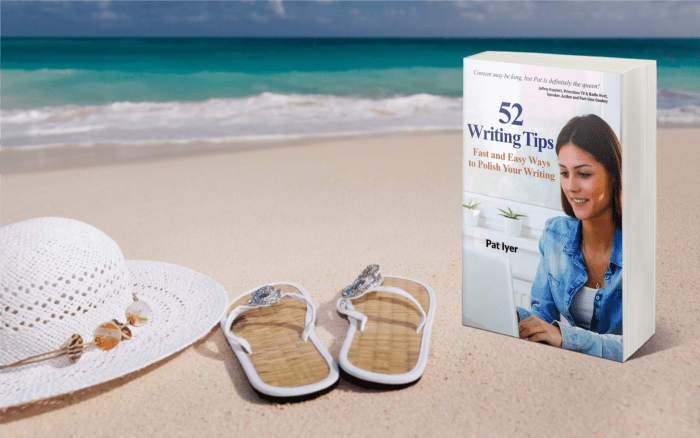Why should you use a list?
- Lists improve the readability of your material. They make it easy to cluster information in a format that can be quickly scanned.
- Also, lists are useful for breaking up a long sentence into a more reader friendly format.
- Readers appreciate a list that breaks the style of the material and creates a more interesting page.
Tips for Formatting Lists
There is one commonality to all types of lists: you should skip a line before and after the bulleted items.
Different types of lists are punctuated differently. Here are examples of each type of list.
Long sentence converted to a list
You increase the reading difficulty when your sentence is long. Turn that long sentence into a list when you can. This type of list breaks a long sentence into a bulleted list with a comma after each item except for the last one.
Notice that the items are not capitalized, just as they would not be if they were found within a long sentence. Also note there is no colon after the word “including”.
Productivity for business people is a real concern. You are always juggling different responsibilities related to your business including
- finances,
- marketing,
- business development, and
- supervision of employees.
How do you stay focused on what is important?
List of items that would not be found in a sentence
Only proper names are capitalized in this type of list. Since this is not a reformatted sentence, there is a colon at the beginning of the list and no period at the end.
Many CEOs are entrepreneurs who started their businesses as solos. They were responsible for:
- product development
- accounting
- hiring
- marketing
Long items that do not fit well into a sentence
Create a numbered list with items that are not easy to summarize in a few words. Adding bold to key concepts makes it easier to read each item. The spaces between each item also improve readability.
Here are some guidelines for being able to concentrate when writing:
1. Open only one browser or application window at a time. If you’re writing a report, only your word processor or text pad should be open.
2. Keep your sessions timed. Don’t exceed a 45 to 90-minute writing session, no matter how focused you are. You need the break.
3. During your break get away from your task. Get up from your desk, walk around, get a drink or snack. Give your mind a rest.
4. Be prepared ahead of time. Do your research during a different session than from the writing session. That way you’re able to concentrate on the writing.
5. Block off time for email, telephone and social media. Don’t distract yourself when you are trying to write.
If you liked this post you’ll love 52 Writing Tips: Fast and Easy Ways to Polish Your Writing. Whether you’re a beginning writer, you want to polish your skills, or you need the determination and inspiration to finish a project, this book will help you. It covers a range of subjects from grammar explained simply, how to skillfully edit your work, essentials of blogging, and how to capture and keep a reader’s attention. 52 Writing Tips: Fast and Easy Ways to Polish Your Writing is the guide you’ve been waiting for.
The book includes several chapters on how to polish your writing skills!



 Pat Iyer is an editor, author, book coach and ghostwriter who helps individuals create books that encourages their expertise to shine and advances their businesses. She has written or edited 48 of her own books.
Pat Iyer is an editor, author, book coach and ghostwriter who helps individuals create books that encourages their expertise to shine and advances their businesses. She has written or edited 48 of her own books.